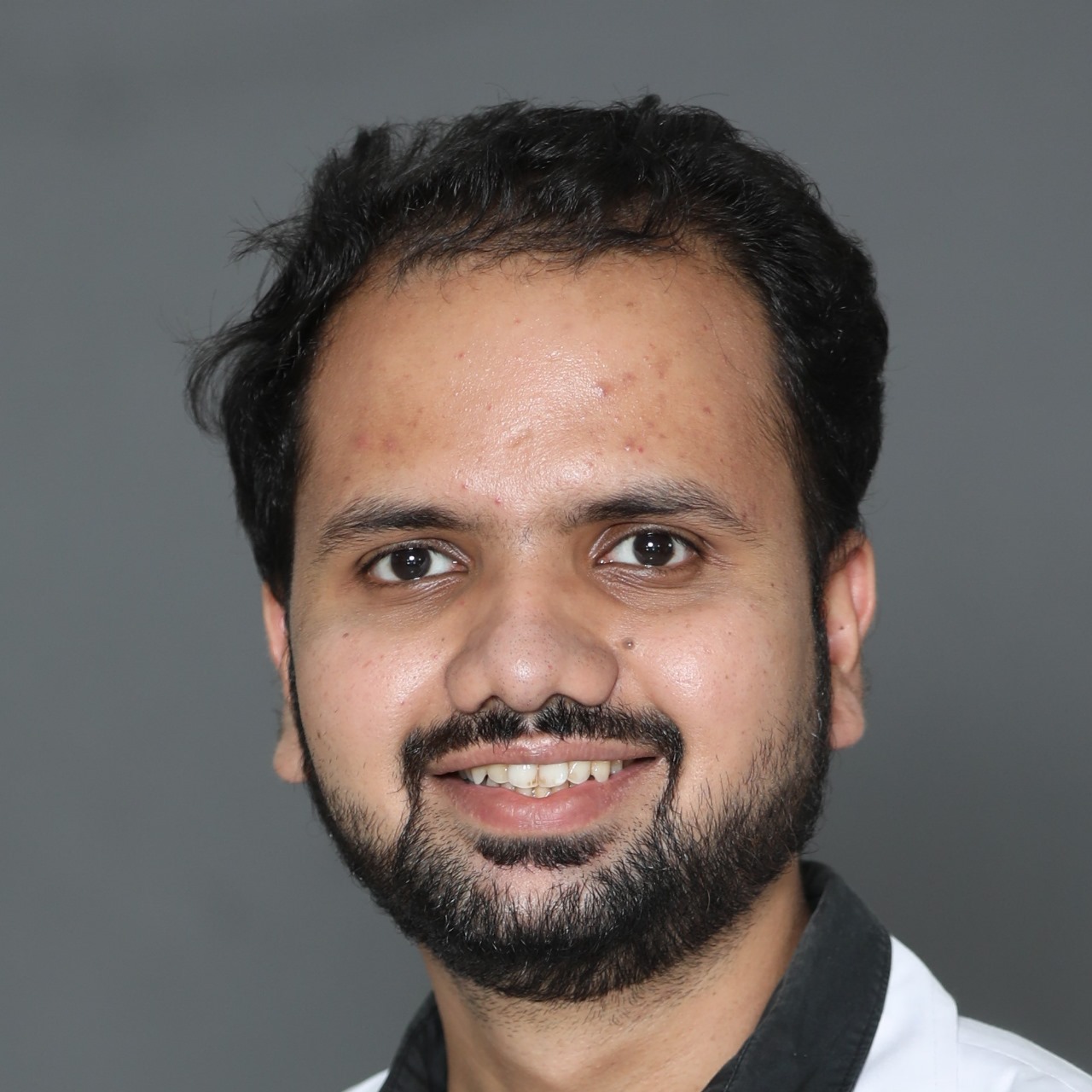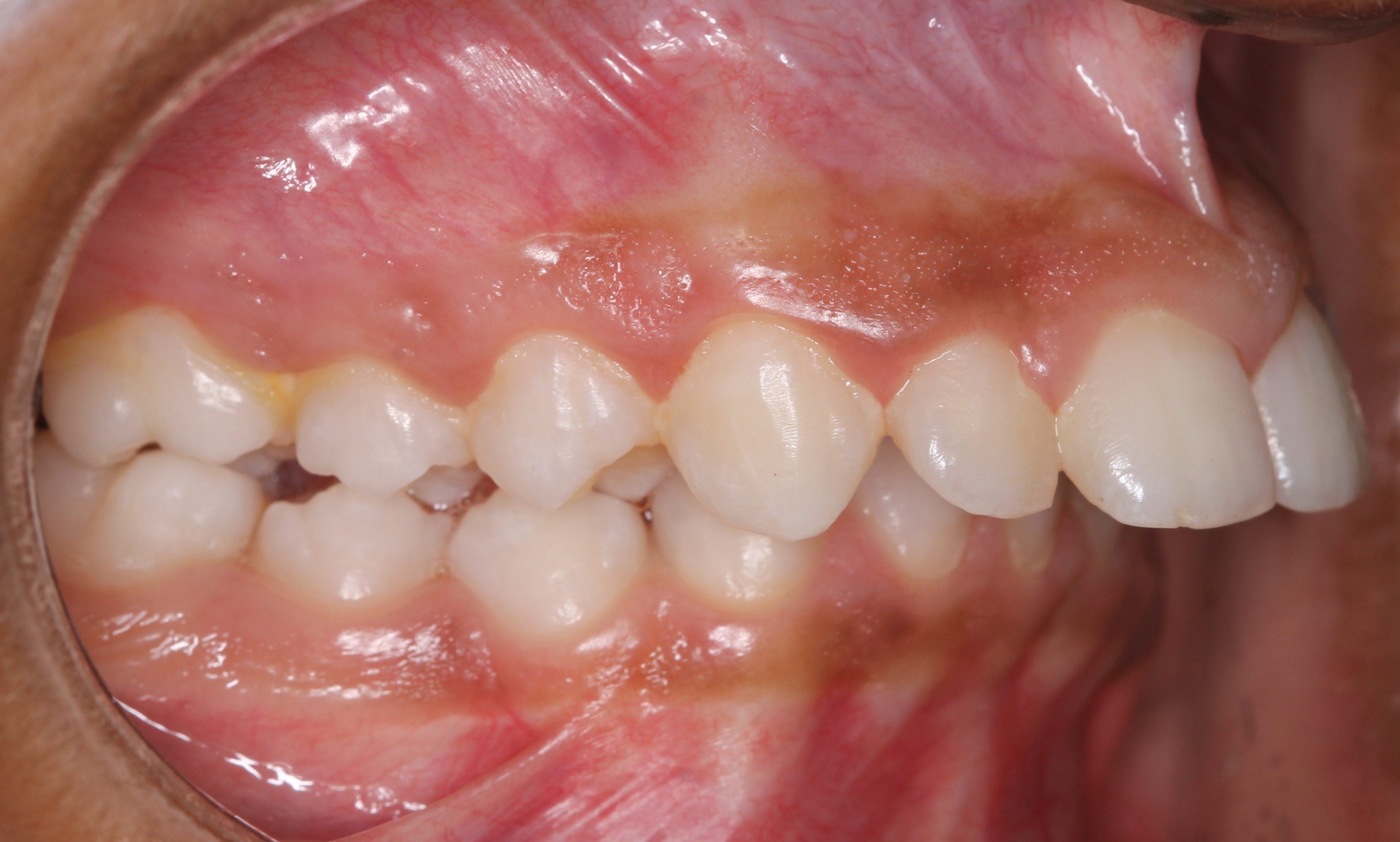Who is an Orthodontist?
An Orthodontist is a specialist who is trained exclusively for three years, after completing his B.D.S. degree to treat individuals with crooked, bucked out teeth and jaw deformities, which include cleft lip and cleft palate patients. The specialist has to be an M.D.S. (Master of Dental Surgery) in the speciality of Orthodontics from a University recognized by Dental Council of India.
Is my family dentist also an orthodontist?
The short answer is no. General dentists are only allowed to perform certain specialty services such as Orthodontics. However, an Orthodontist has been trained for three additional years at a university or hospital setting to gain intimate knowledge and experience in the field. General dentists are exposed to Orthodontics by taking weekend courses in Orthodontics and their level of exposure to complex cases are limited.
Who requires orthodontic treatment?
An individual will require orthodontic treatment if he has the following conditions. Crowded, irregularly placed front teeth or spacing in between teeth. Severe jaw deformities like protruded lower or upper-jaw or defects of the kind involving cleft of lip and palate etc. Improperly placed back teeth (molars) causing difficulty in eating or pain in the jaw joint or any other functional problem.
Is there a specific age for Orthodontic treatment?
One can undergo Orthodontic treatment at any age provided the bone support to the teeth and the gum health is fairly good. Children with jaw problems, especially girls should be treated at an early age (i.e. 10 years) and boys at the age of 11-12 years. After the individual crosses a certain age, surgical option may be required to correct certain jaw deformities. Adults at the age of 50 years or mx-autore also can take this treatment provided their gum health is good.
What are the causes of irregularly placed teeth?
The reasons for the irregularly placed teeth, jaw deformities are as follows: Thumb sucking/ Digit sucking/ Muscular deformities of the face. Nail biting/ chronic history of cold and nasal congestion. Mouth breathing/ Lip sucking In adults because of improper brushing habits and due to age or hormonal imbalance, gums can become weak causing dental spacing. Genetics also play a key role in causing these malocclusion. Premature loss of milk tooth, multiple decay problems during early childhood etc. are some of the other causes of irregular teeth/jaw deformities.
Are braces painful?
Well there is some amount of discomfort for initial one week or so after which the patient gets used to the braces. However, when you see the aesthetic benefits of this treatment and the positive difference it makes in the lives of the patients who undergo such treatment, it becomes time and money well invested.
How long will I have to wear braces?
The time taken for the correction of the teeth irregularities will depend on the initial problem the patient has. Mild problems can be rectified in six to nine months, whereas more severe cases may take up to two years.
What will be the cost of appliance?
The cost of the treatment will be decided by the Orthodontist according to the severity of the problem he/she has and the type of appliance the patient chooses.
Is extraction of permanent teeth necessary? Will the extraction spaces completely be closed before removing braces?
No, not all cases require extraction of teeth. Extraction of permanent teeth usually (1st pre molars) is necessary in patients with moderate to severe cases of forwardly placed/ proclined teeth and crowding of teeth. The space obtained by the extractions of these teeth is then used to push the front teeth behind in order to align them. Thus there is no gap remaining after the end of the treatment and no replacement of teeth is necessary as the gap gets closed fully.
How are braces stuck to the teeth?
The braces are stuck to the teeth with a resin adhesive after conditioning the tooth surface. After the treatment is over, the braces are removed and the residual adhesive on the tooth surface is removed with a ultrasonic scaler. Thereafter the tooth surface is cleaned and polished with a polishing paste.
How often do I have to visit the Orthodontist?
Initially you will have to visit once for a lengthy appointment of two hours. During this visit the Orthodontist will fix the braces/ attachments on the teeth. Once the appliances are fixed, the you will have to see your doctor every 4 to 6 weeks for a half hour appointment. The Orthodontist will tighten and change the wires and check the progress of the treatment.
Is there any need of medication during the treatment?
After every visit the Orthodontist will make the necessary adjustments in the wire because of which the patient might experience soreness/ mild discomfort in the teeth for two to three days. This can be controlled by the use of painkillers and if by any chance the patient gets ulcers he/she can apply an anaesthetic ointment recommended by the Orthodontist.
If I am active in sports or enjoy playing an instrument will i still be able to participate?
Absolutely! You can still maintain all of your favourite school and extracurricular activities when you wear braces. The only change you will need to make if you play contact sports is to wear a mouth guard. This will protect your braces or appliance.
How will my next appointment be scheduled?
If it was not scheduled at the end of your last appointment, just call our office and we will schedule you for a time that is convenient for your family.
Are regular dental check-ups still needed while I have braces?
Without a doubt! Patients with orthodontic appliances must be extra vigilant about receiving regular dental care. Food stuck in braces or in hard to reach areas can cause gum disease, gingivitis or cavities which can also damage your braces. Your dentist will work with Dr. Kolge to ensure your teeth are healthy while under our care.
Do I need to brush my teeth more often when I have braces?
Yes, normally the saliva flow and muscle activity in your mouth help clean the majority of the food particles after a meal. With braces this process cannot fully take place, as a result brushing and flossing 2-3 times a day becomes essential. Brushing regularly will help remove any food that may be caught between the braces. You should also floss daily to get in between your braces where your toothbrush bristle isn’t able to reach. After your braces are placed, our team members will show you how to properly brush and floss and take care of your new appliances.
What are retainers?
Orthodontic treatment changes the shape of the jaws and position of the teeth. As these changes are not natural there are chances that the teeth can go back to their original position. To prevent this change and to retain the teeth in their corrected position, retainers are given to the patients. According to current concepts, permanent retention is necessary in certain cases so as to prevent recurrence (relapse) of the patient’s previous problems.





















